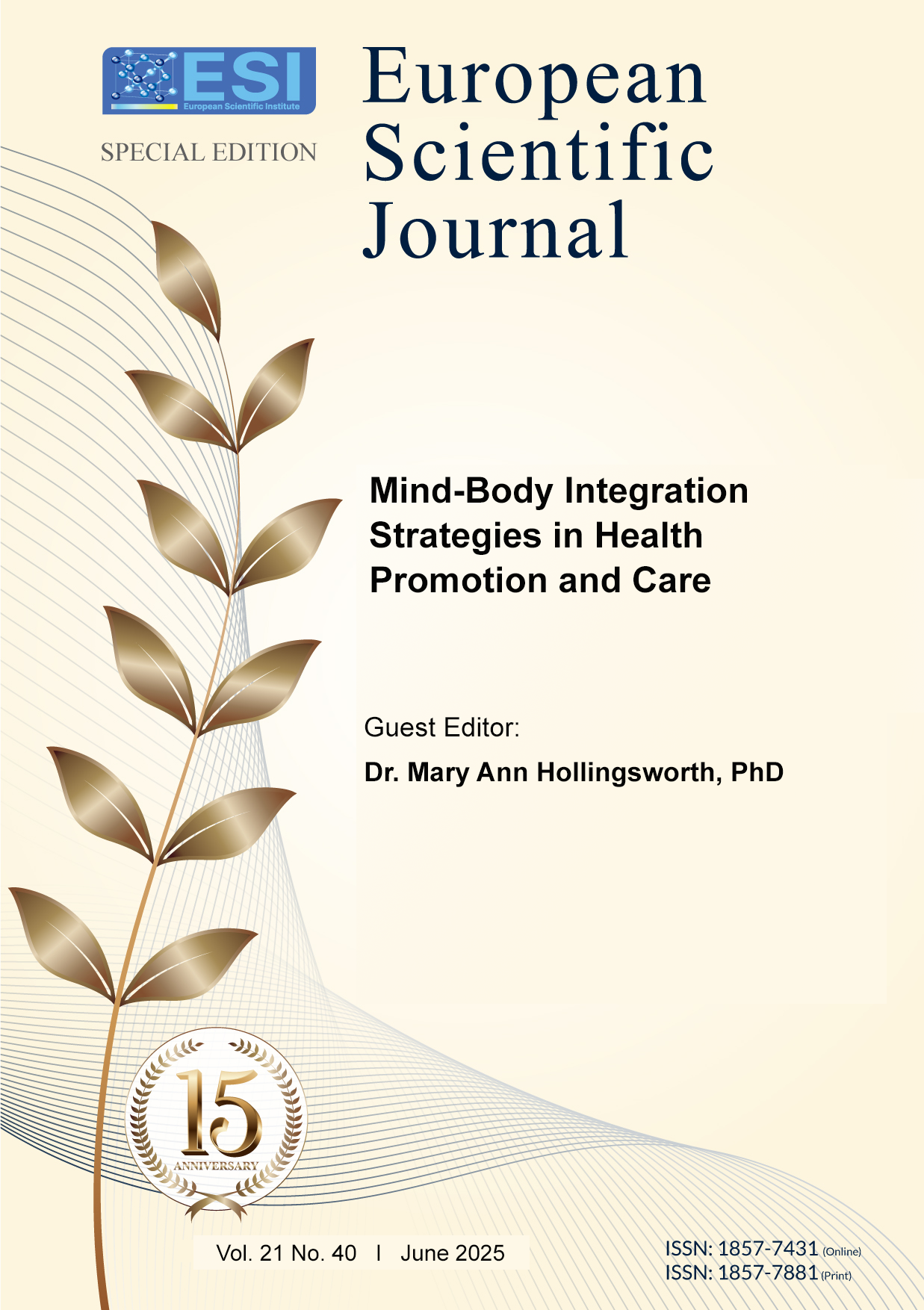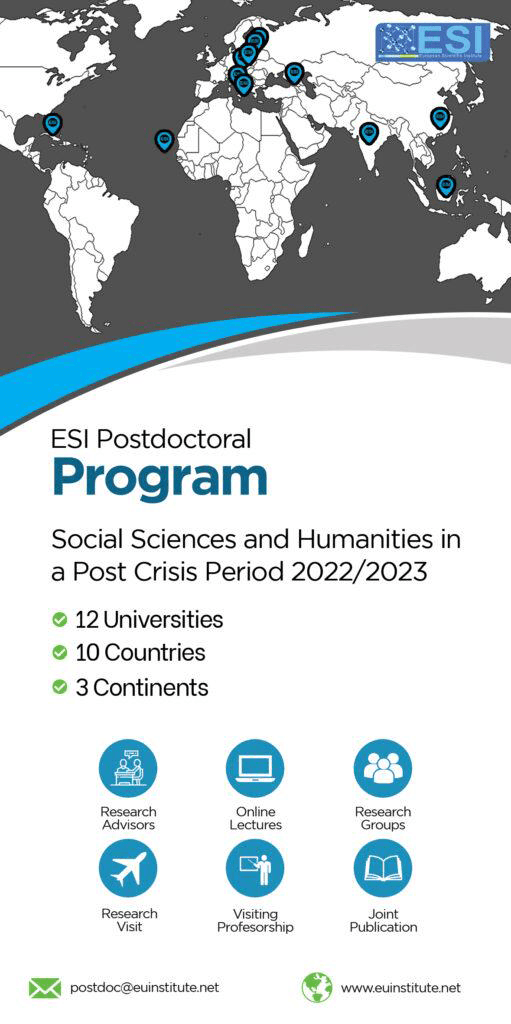Quantum Narratives: The Impact of Language On Acute and Chronic Pain
Abstract
The Quantum Leap Technique (QLT) is a transformative framework for physical wellness by reprogramming subconscious belief systems through intentional language shifts, internally and vocally. Rooted in principles of neuroscience, psychoneuroimmunology, and quantum theory, QLT facilitates the conversion of self-limiting narratives into affirming statements that promote physiological balance and healing. This study employed a mixed-methods approach with 41 participants who engaged in QLT workshops and coaching sessions. Quantitative results demonstrated a median score of 7.5/10, a mean of 6.969, a mode of 10 and a standard deviation of 2.95 reporting improvements in physical health, with participants reporting relief from chronic pain, autoimmune conditions, inflammation, and enhanced energy levels. Qualitative data revealed a direct correlation between shifting language patterns and physical recovery, as individuals experienced increased mobility, resolution of chronic conditions, and heightened overall vitality. These findings align with existing research on the physiological impacts of cognitive reframing, which suggests that positive self-perception enhances immune function, reduces inflammatory responses, and accelerates recovery from illness. By integrating linguistic restructuring with a quantum-based perspective on healing, QLT offers a novel approach to addressing the mind-body connection. Future research employing biomarker analysis and neuroimaging could provide further insights into its mechanisms and efficacy in facilitating physical well-being.
Downloads
Metrics
PlumX Statistics
References
2. Bandler, R., & Grinder, J. (1979). Frogs into Princes: Neuro-Linguistic Programming. Real People Press.
3. Beck, A. T. (1993). Cognitive Therapy and the Emotional Disorders. Penguin.
4. Berne, E. (1961). Transactional Analysis in Psychotherapy: A Systematic Individual and Social Psychiatry. Grove Press.
5. Bisiani, J., Anugu, A., & Pentyala, S. (2023). It’s time to go quantum in medicine. Journal of Clinical Medicine, 12(4506). https://doi.org/10.3390/jcm12134506
6. Bohr, N. (1935). Can quantum-mechanical description of physical reality be considered complete? Physical Review, 48, 696–702.
7. Brothers, C. (2005). Language and the pursuit of happiness. New Possibilities Press.
8. Brown, D. (2019). Can positive emotions improve physical health? [Doctoral dissertation, University of Groningen]. University of Groningen. Retrieved from https://pure.rug.nl/ws/files/99196915/Complete_thesis.pdf
9. Cepni, A. B., Ma, H. Y., Irshad, A. M., Yoe, G. K., & Johnston, C. A. (2024). Addressing shame through self-compassion. American Journal of Lifestyle Medicine, 0(0). https://doi.org/10.1177/15598276241292993
10. Cohen, S., Tyrrell, D. A., & Smith, A. P. (1991). Psychological stress and susceptibility to the common cold. New England Journal of Medicine, 325(9), 606–612. https://doi.org/10.1056/NEJM199108293250903
11. Darwin, C. (1859). On the Origin of Species by Means of Natural Selection. John Murray.
12. Decety, J., & Grezes, J. (2006). The power of mental simulation in goal achievement and emotional alignment. Neuroplasticity and Mental Imaging.
13. Dispenza, J. (2014). You Are the Placebo: Making Your Mind Matter. Hay House.
14. Goddard, N. (1952). The Power of Awareness. Martino Fine Books.
15. Goddard, N. (1966). Resurrection. DeVorss & Company.
16. Gross, J. J. (2002). Emotion regulation: Affective, cognitive, and social consequences. Psychophysiology, 39(3), 281–291. https://doi.org/10.1017/S0048577201393198
17. James, W. (1890). The Principles of Psychology. Henry Holt and Company.
18. Jung, C. G. (1964). Man and His Symbols. Doubleday.
19. Kandel, E. R. (2001). The molecular biology of memory storage: A dialogue between genes and synapses. Science, 294(5544), 1030–1038. https://doi.org/10.1126/science.1067020
20. Lipton, B. H. (2005). The Biology of Belief: Unleashing the Power of Consciousness, Matter, & Miracles. Hay House.
21. Martin, R. A. (2007). The Psychology of Humor: An Integrative Approach. Academic Press.
22. Pert, C. B. (1997). Molecules of Emotion: The Science Behind Mind-Body Medicine. Scribner.
23. Sapir, E., & Whorf, B. L. (1929). Language, Thought, and Reality. MIT Press.
24. Sapolsky, R. M. (2004). Why Zebras Don’t Get Ulcers: The Acclaimed Guide to Stress, Stress-Related Diseases, and Coping. Holt Paperbacks.
25. Seligman, M. E. P. (2011). Flourish: A Visionary New Understanding of Happiness and Well-Being. Free Press.
26. Shinde, A. (2024). The impact of positive mental state on physical health - IJFMR Volume 6, Issue 2, March-April 2024. https://doi.org/10.36948/ijfmr.2024.v06i02.17268
27. Shrihari, T. G. (2017). Quantum healing: A novel current concept of holistic healing. International Journal of Complementary & Alternative Medicine, 10(2), 329. https://doi.org/10.15406/ijcam.2017.10.00329
28. Talbot, M. (1991). The Holographic Universe: The Revolutionary Theory of Reality. Harper Perennial.
29. Zemlyanskaya, N. (2021). Narrative component of life script analysis. Psychology Review Journal, 9(3), 45–67. https://doi.org/10.1234/prj.2021.0306
Copyright (c) 2025 Mark Scherer

This work is licensed under a Creative Commons Attribution 4.0 International License.








